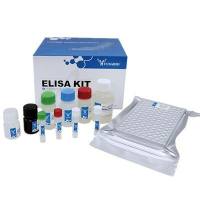Fluorescence “In Situ” Hybridization for the Detection of Biofilm in the Middle Ear and Upper Respiratory Tract Mucosa
互联网
互联网
相关产品推荐

人生长板上部区域与软骨基质相关蛋白(UCMA)ELISA试剂盒【Human upper zone of growth plate and cartilage matrix associated (UCMA) ELISA Kit】
¥2500

RUNX1 (middle) 多克隆抗体 25315-1-AP
¥1350

Recombinant-Escherichia-coli-Biofilm-PGA-synthesis-protein-PgaDpgaDBiofilm PGA synthesis protein PgaD
¥9996

PTBP1/PTBP1蛋白Recombinant Human Polypyrimidine tract-binding protein 1 (PTBP1)重组蛋白57 kDa RNA-binding protein PPTB-1 (Heterogeneous nuclear ribonucleoprotein I) (hnRNP I) (PTB) (PTB)蛋白
¥3960

GKN1/GKN1蛋白Recombinant Human Gastrokine-1 (GKN1)重组蛋白(18 kDa antrum mucosa protein)(AMP-18)(Protein CA11)蛋白
¥3960

